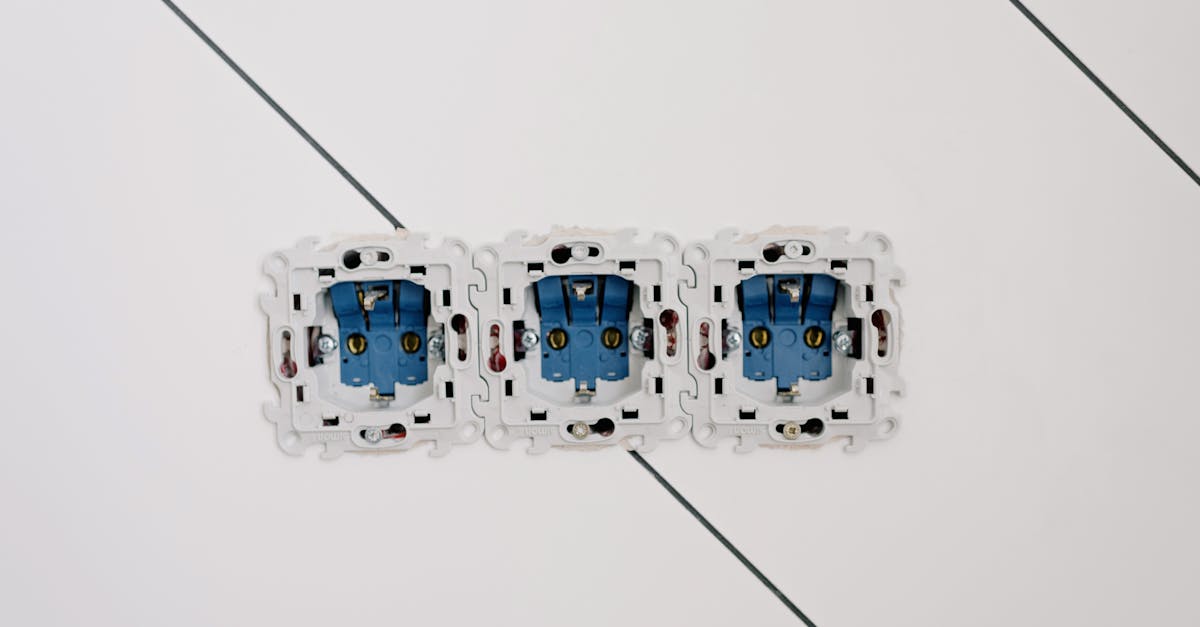
Maximizing Energy Efficiency Through Proper Sizing of Split System Indoor Units
2024-06-14Table Of Contents
Moreover, tWhy consulting a professional is recommended for accurate sizing
Once you have downloaded the necessary files onto your computer, you will need to transfer them to a USB drive. Make se made. By staying proactive with maintenance and servicing of properly sized indoor units, homeowners can ensure optimal energy efficiency and system performance in their homes.ure the USB drive is formatted correctly to avoid any compatibility issues. Insert the USB drive into the USB port on the control panel of your split system. Follow the on-screen instructions to initiate the update process. It is crucial to let the update run its course without interruption to prevent any potential issues with the control panel's functionality.
Regular maintenance and servicing for optimal energy efficiencyFAQS
Regular maintenance and servicing are crucial in ensuring the optimal energy efficiency of split system indoor units. It is recommended to schedule regular inspections by a qualified technician to check for any issues such as refrigerant leaks, clogged filters, or faulty components. By maintaining the unit in top condition, you can ensure that it operates efficiently, saving energy and reducing utility costs over time.What is the role of the control panel in a split system?
In addition to professional inspections, homeowners can also take proactive steps to maintain their indoor units. Regularly cleaning or replacing air filters, keeping the surrounding area free of debris, and ensuring proper airflow can all contribute to the efficient operation of the system. By being proactive with maintenance tasks, you can help extend the lifespan of your indoor unit and maximise its energy efficiency in the long run.The control panel in a split system is the central interface that allows users to adjust settings, monitor performance, and troubleshoot issues.
FAQSHow can the control panel enhance smart home integration?
What is the importance of proper sizing in split system indoor units?Advanced control panel options in split systems can be integrated with smart home automation systems, allowing users to control their HVAC system remotely and optimize energy efficiency.
Proper sizing of split system indoor units is crucial for maximizing energy efficiency and overall performance. Undersized units may struggle to cool or heat a space effectively, leading to increased energy consumption, while oversized units can result in short cycling and inefficient operation.What should I do if I encounter error codes on the control panel?
Why should I consult a professional for sizing my indoor unit?When error codes are displayed on the control panel, refer to the user manual to interpret the codes and take appropriate corrective actions to resolve the issue.
Consulting a professional for sizing your indoor unit is recommended as they have the knowledge and expertise to accurately assess your space's requirements. Professionals take into account factors such as room size, insulation, climate, and heat gain/loss to determine the ideal unit size for optimal energy efficiency.How can I upgrade the control panel software for improved functionality?
Can I upgrade my existing indoor unit for better efficiency?To upgrade the control panel software on your split system, follow the steps outlined in the user manual to update firmware and software for enhanced performance and features.
Yes, upgrading your existing indoor unit can improve energy efficiency. By replacing outdated or inefficient units with newer, more energy-efficient models, you can reduce energy consumption and operating costs. It is advisable to consult a professional for guidance on selecting the right unit size and type for your space.Can error messages on the control panel be easily resolved?
What are some tips for replacing or upgrading indoor units for improved energy performance?By understanding and interpreting error messages displayed on the control panel, users can take corrective actions such as resetting the system or contacting a professional technician for assistance.
When replacing or upgrading indoor units for better energy performance, consider factors such as energy efficiency ratings, proper sizing, and compatibility with your existing HVAC system. Additionally, regular maintenance and servicing can help ensure optimal performance and efficiency over time.
How can I maintain properly sized indoor units for maximum energy efficiency?Related Links
To maintain properly sized indoor units for maximum energy efficiency, it is important to schedule regular maintenance and servicing. This includes cleaning or replacing air filters, checking for leaks or blockages, and ensuring that the unit is operating at peak performance. Regular maintenance can help prolong the lifespan of your unit and keep energy costs low.Energy Efficiency and the Control Panel in Split System Units
Troubleshooting Common Issues with Split System Control Panel